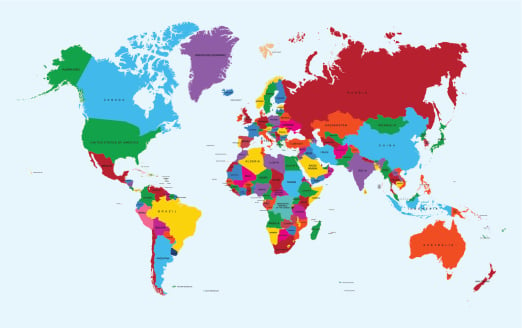Three times the current gross domestic product of the United States. That is the investment it will take to meet the world’s energy needs by 2035. The figure is open to debate because it tries to look at needs two decades from now, and because it is the opinion of only one organization. What is certain is that national governments and private enterprises likely cannot come up with that sort of money, which makes reaching the goal nearly impossible. Source: Thinkstock
Source: Thinkstock
According to the International Energy Agency’s (IEA’s) World Energy Investment Outlook:
Today’s annual investment in energy supply of $1.6 trillion needs to rise steadily over the coming decades towards $2 trillion. Annual spending on energy efficiency, measured against a 2012 baseline, needs to rise from $130 billion today to more than $550 billion by 2035.
One of the most critical conclusions of the report is that the face of the energy supply will not change much over 20 years. The IEA believes that $23 trillion of the investment will be for fossil fuel extraction, refining and transport. Most of this money will need to be invested to replace falling production from current oil and gas fields. Only $6 trillion will be for renewable energy. Proponents of green energy have reason to shudder.
ALSO READ: States Running Out of Water
The other reason for concern, if the report is correct, is that oil prices could sharply rise in the 2020s because OPEC oil production will peak. The world’s economy may be unable to absorb that shock with ease.
The one aspect of the report that offers some hope is that energy companies will act in their own interests. Huge energy operations like Exxon Mobil Corp. (NYSE: XOM) and its smaller rivals have reason to spend on exploration. Their future revenues and earnings depend upon it. However, investments that range into the trillions of dollars, even by these companies, are hard to imagine, unless perhaps these corporations are driven by a level of desperation to maintain their existences.
Whether the actual figure for energy investment is even close to $48 trillion, the source of those funds has to be in question. And the IEA as much as admits it: “Will sufficient financing be available, on suitable terms, for these opportunities to be realized?” A good question, for which the IEA has no answer.
ALSO READ: Cities Where the Most People Walk to Work
Sponsored: Find a Qualified Financial Advisor
Finding a qualified financial advisor doesn’t have to be hard. SmartAsset’s free tool matches you with up to 3 fiduciary financial advisors in your area in 5 minutes. Each advisor has been vetted by SmartAsset and is held to a fiduciary standard to act in your best interests. If you’re ready to be matched with local advisors that can help you achieve your financial goals, get started now.
Thank you for reading! Have some feedback for us?
Contact the 24/7 Wall St. editorial team.


